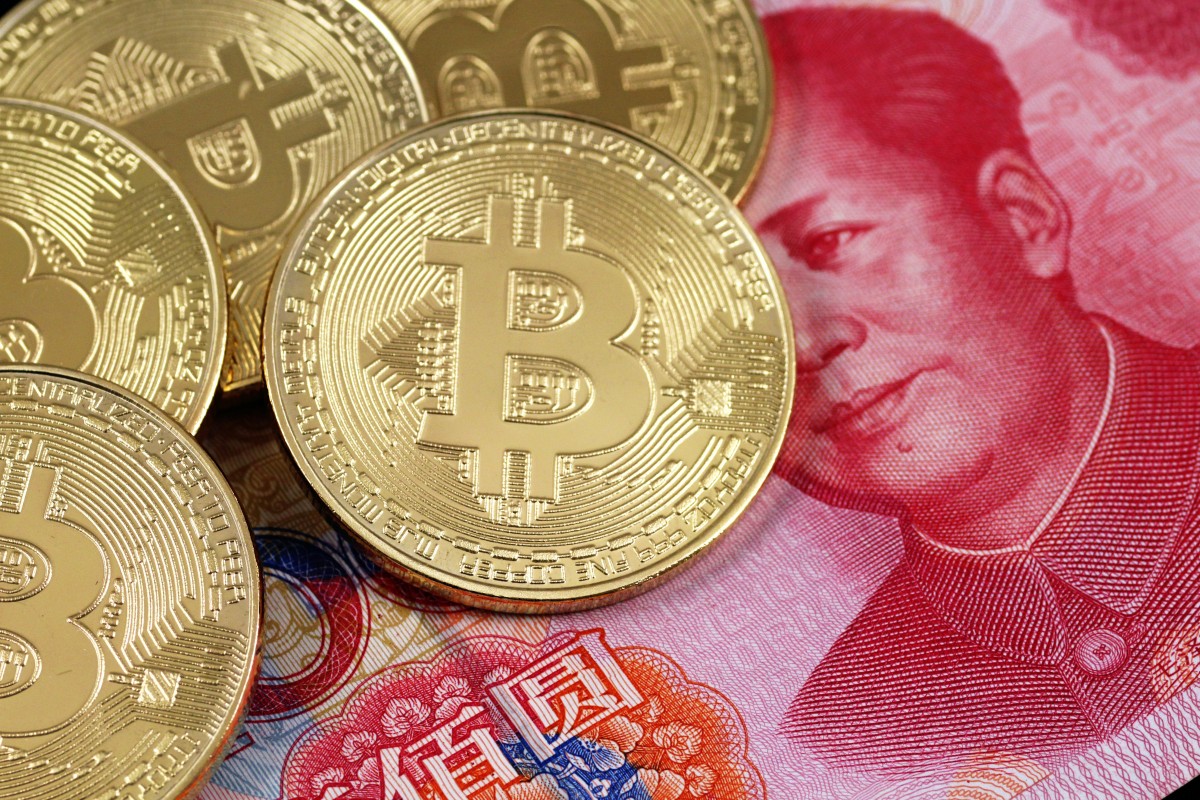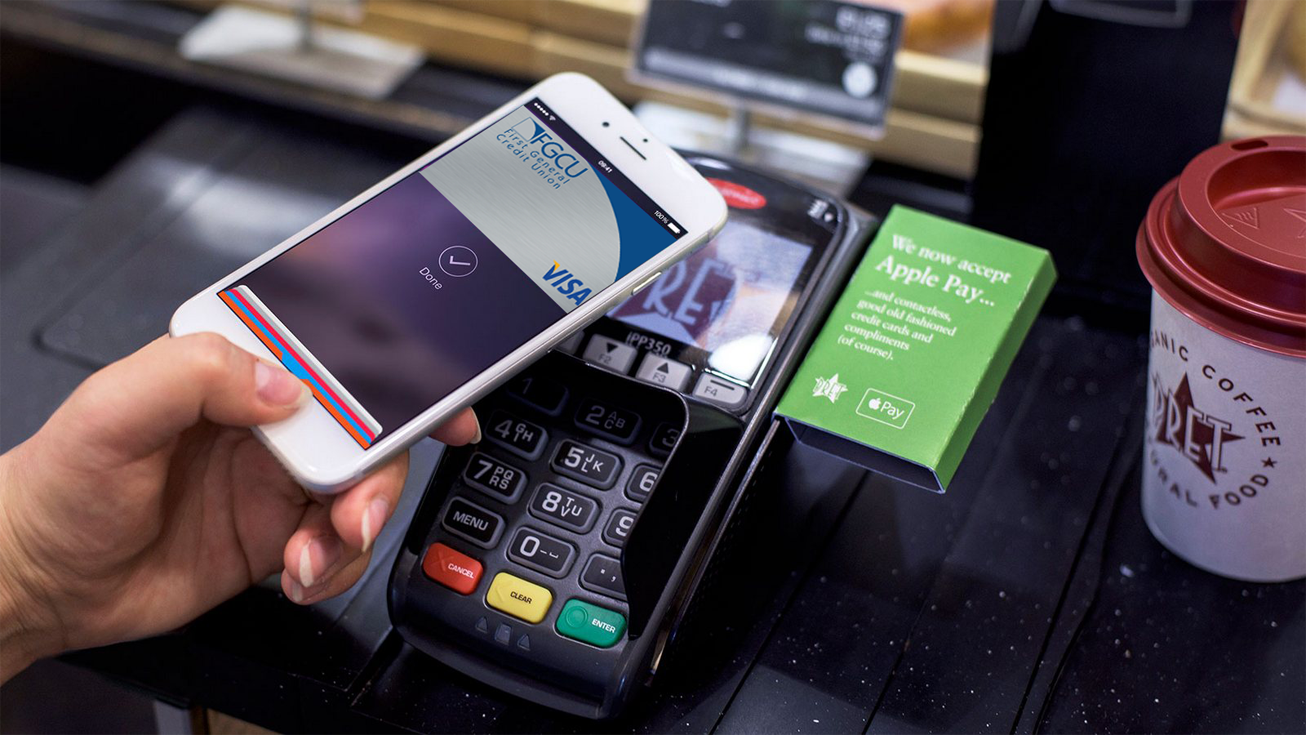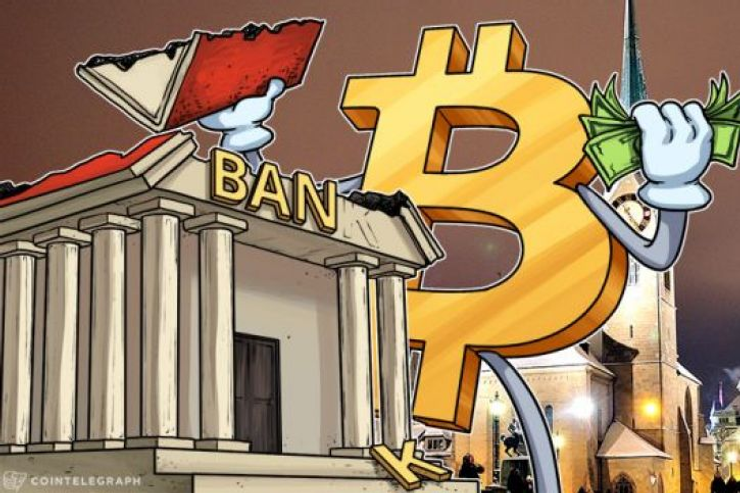Hi, I’m Adil Wali. I became a Microsoft certified professional at age 14 and started my first web development company. That led to a career as a serial entrepreneur, advisor, and startup investor. I got my first “real job” at 33, and I’m now a FinTech executive with a passion for the markets.

For many years, we’ve talked about the rise of ‘social commerce.’ People have predicted that our social networks would curate products for us and that the lines between content, community, and commerce would blur and eventually become unrecognizable.
While on one hand that progression has marched along, on the other, it has not progressed in the ways that many of us (especially me) expected. eCommerce sites have remained primarily commerce-focused. And social networks have continued to focus on eye-catching content that people mostly read/watch/listen to.
We’re finally turning a corner on this trend, and it’s because the social networks themselves are starting to push users in this direction. This may end up being the natural form of social commerce that the market has been waiting for.
The change is happening in the form of ‘Buy buttons’ that enable users to purchase products without ever leaving the network. These buy buttons are proliferating throughout the social web, and fast. Each of the major players has either launched or is testing them actively.
Let’s take a quick look at what’s out there:
Twitter – Already out in the wild.
With the help of Stripe’s Relay, Twitter has launched Buy Now buttons that can be embedded directly within tweets. This functionality uses Stripe’s payment technology to process the transaction and send orders to the retailer. Twitter has not yet released any major numbers associated with the success or traction of these buttons.
Pinterest – Buyable pins live and seemingly growing quickly.
Pinterest first previewed that Buy Buttons were coming back in June of 2015. They went live with the concept soon after, and announced that 60 million Buyable Pins were available by August of 2015. Pinterest also stood up a page that outlines the buyable pin functionality.
Instagram – Promising, but not yet live.
Instagram, being the go-to destination that it is for trending fashion and beauty, is well-positioned to launch a buy button. Their blog post on the topic was a little more broadly-focused than the others, talking about ad-units that enabled direct action of multiple types (including signing up on a website or downloading an app.)
Google – Announced, but not yet broadly available.
Given it’s position as the much of the world’s primary search destination, Google is perhaps the most interestingly positioned player in the whole bunch. It recently announced Purchases on Google in a blog post that talked about other retailer-focused enhancements. What’s interesting here is that Google is alluding to integration with Google wallet, where users may already be storing payment methods.
Facebook – Announced and in testing.
Facebook announced that it was testing buy buttons for the first time back in 2014. Things were relatively quiet until an October 2015 blog post drove more clarity about its intent to power shopping on Facebook. It appears as though the intent is enable shoppers to checkout without leaving Facebook. Even more interesting is the addition of the shop section on Facebook Pages for businesses.
These buy buttons can have a lot of implications on commerce, especially mobile commerce, in the next 2 years. The biggest hurdle is going to be overcoming the differences in mental-modes that people have when browsing the web.
Many of us are in a content consumption mode when browsing social media and looking for content. Separately, we are in shopping mode when we are searching for specific products to buy. Breaking down this mental barrier, and getting content consumers more used to the idea of ‘switching lanes’ from consuming content to buying is going to be a challenge. With that said, it seems like only a matter of time before behavior is changed and users adapt.
Stay tuned for more analysis on this topic in the weeks to come!











